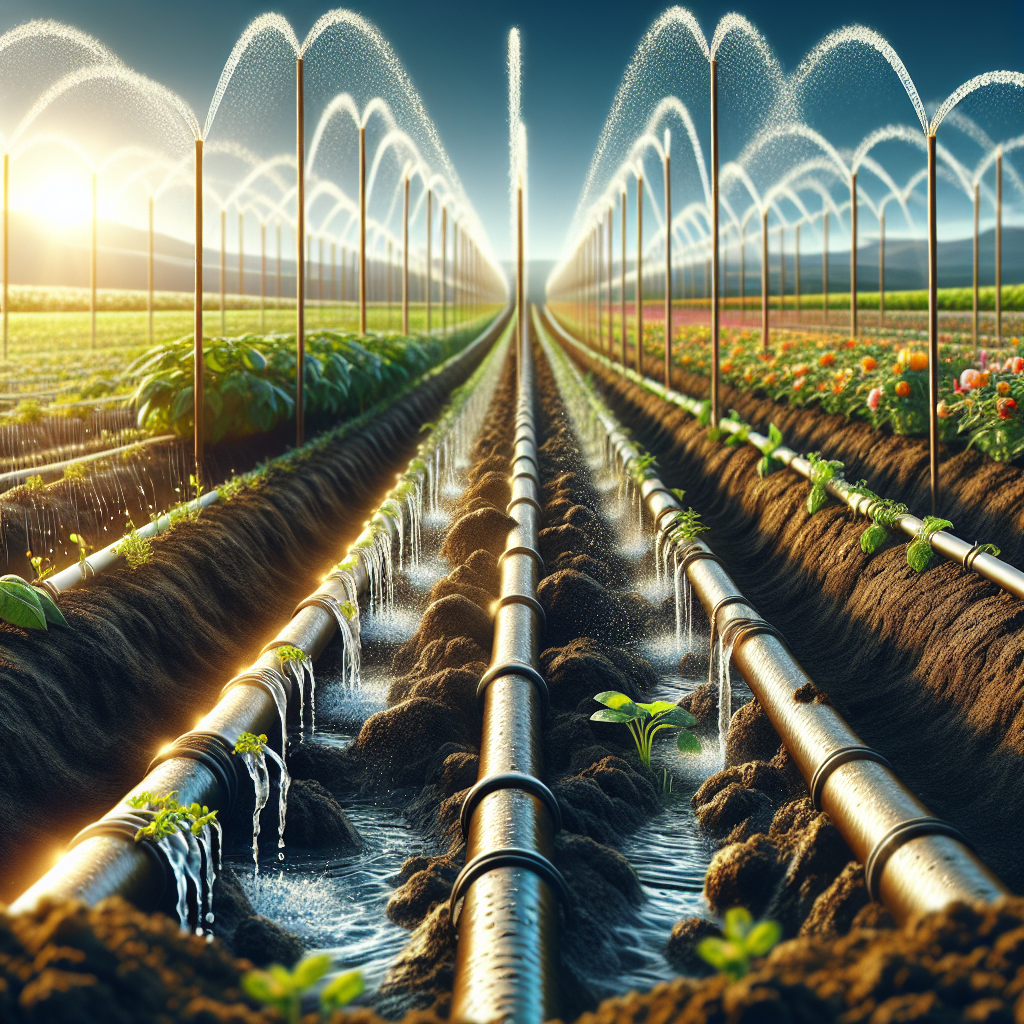Irrigation is a vital component of agriculture, ensuring that crops receive the necessary water to thrive and produce optimal yields. Slow drip irrigation is a method that has gained popularity in recent years for its efficiency and effectiveness in delivering water directly to the root zone of plants. This article will explore how slow drip irrigation works, its benefits, and strategies for maximizing efficiency with this irrigation technique.
Slow drip irrigation is a system where water is delivered slowly and directly to the root zone of plants through a network of tubes or pipes. Unlike traditional surface irrigation methods like sprinklers or flood irrigation, slow drip irrigation minimizes water wastage by reducing evaporation and runoff. This precise delivery of water ensures that plants receive the right amount of moisture they need without overwatering or underwatering.
One of the main benefits of slow drip irrigation is its efficiency in water usage. By delivering water directly to the root zone, this method reduces water wastage and promotes deep rooting, leading to healthier plants with better resistance to drought. Additionally, slow drip irrigation can help reduce weed growth since only targeted areas are watered, minimizing opportunities for weed seeds to germinate.
Another advantage of slow drip irrigation is its ability to improve nutrient uptake by plants. By delivering water slowly and consistently to the root zone, nutrients in the soil are more readily available for absorption by plant roots. This can result in increased crop yields and better quality produce.
To maximize efficiency with slow drip irrigation, farmers can implement several strategies:
1. Proper design and installation: It is essential to design a slow drip irrigation system that meets the specific needs of crops and soil conditions. Proper installation of tubing or pipes ensures uniform water distribution across the field.
2. Monitoring and maintenance: Regular monitoring of the system is crucial to ensure proper functioning and prevent clogging or leaks. Maintenance tasks such as cleaning filters and replacing damaged components should be done regularly.
3. Scheduling watering times: Adjusting watering schedules based on weather conditions, soil moisture levels, and crop requirements can help optimize water usage and promote plant growth.
4. Mulching: Applying mulch around plants can help retain soil moisture and reduce evaporation, further enhancing the efficiency of slow drip irrigation.
5. Implementing fertigation: Fertigation is the practice of delivering fertilizers through an irrigation system. By combining nutrients with water during slow drip irrigation, farmers can promote better nutrient uptake by plants and improve overall crop health.
In conclusion, maximizing efficiency with slow drip irrigation involves proper design, installation, monitoring, maintenance, scheduling watering times, mulching, and implementing fertigation practices. With careful planning and attention to detail, farmers can harness the benefits of this efficient irrigation method to achieve higher yields while conserving precious water resources. Slow drip irrigation represents a sustainable solution for modern agriculture that prioritizes both productivity and environmental stewardship.














